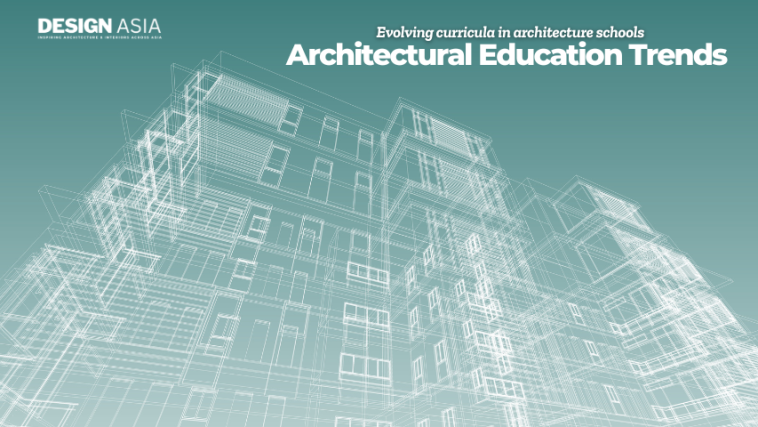Architectural education is undergoing significant transformations, driven by advancements in technology, a growing emphasis on sustainability, and the evolving needs of society. This article explores the key trends shaping curricula in architecture schools today.
Integration of Technology
One of the most notable trends in architectural education is the integration of modern design technologies into curricula. Educational programs are increasingly incorporating tools such as Building Information Modeling (BIM), virtual reality (VR), and parametric design software. This shift aims to prepare students for the digital demands of the profession and enhance their design capabilities
Emphasis on Sustainability
Sustainability has become a central theme in architectural education. Programs are now focusing on sustainable practices and environmentally responsible design. This includes teaching students about energy-efficient building techniques, sustainable materials, and the impact of architecture on climate change. The push for sustainability reflects a broader societal demand for environmentally conscious design.
Post-Pandemic Pedagogy
The COVID-19 pandemic has also influenced architectural education, prompting a reevaluation of teaching methods. There is a growing recognition of the need for a post-pandemic design pedagogy that incorporates flexible learning environments and remote collaboration tools. This evolution aims to better prepare students for the realities of modern architectural practice.
Curriculum Evolution
As the field of architecture evolves, so too do the curricula. Educational institutions are adapting their programs to reflect changes in the economy and societal needs. This includes a focus on interdisciplinary approaches that combine architecture with other fields such as urban planning, environmental science, and social equity


